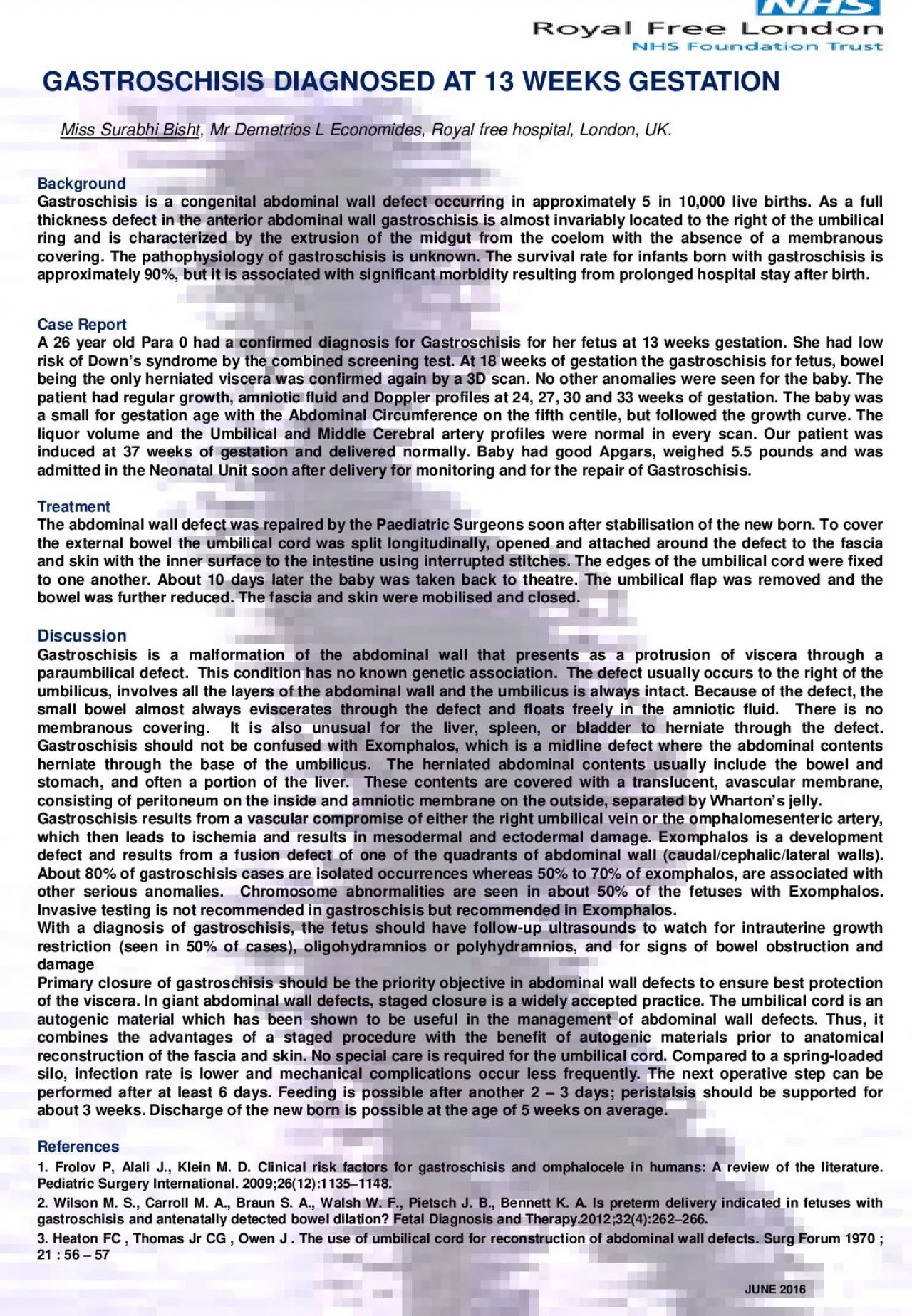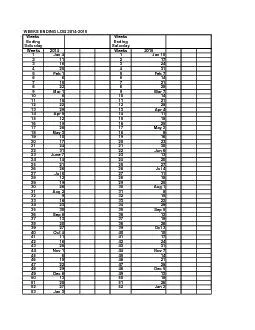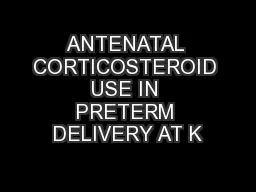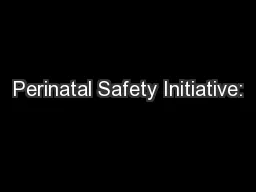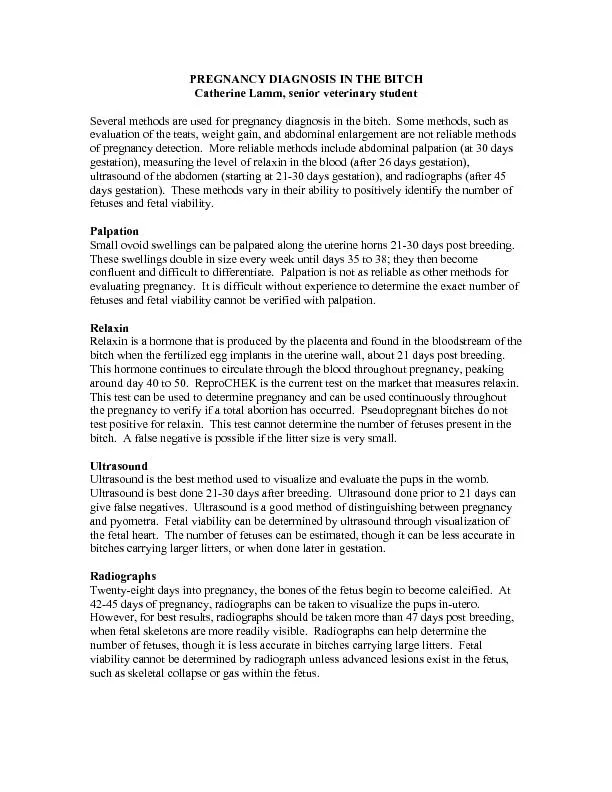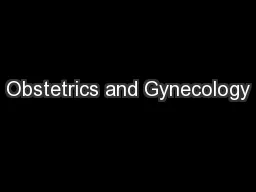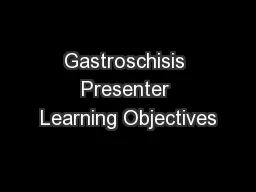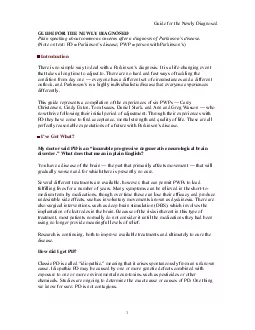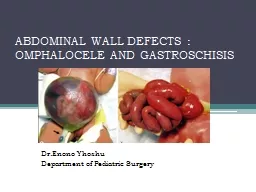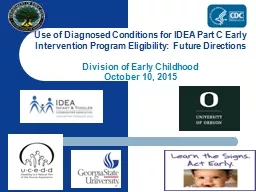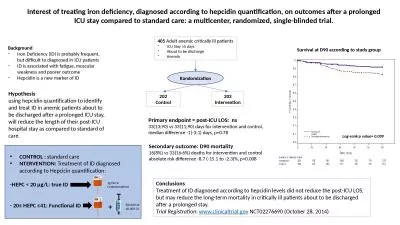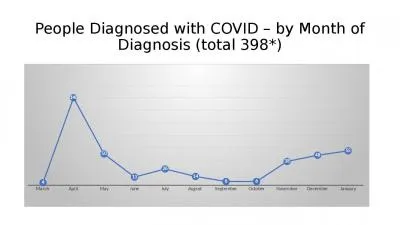PDF-GASTROSCHISIS DIAGNOSED AT 13 WEEKS GESTATION
Author : cora | Published Date : 2022-09-23
Miss Surabhi Bisht Mr Demetrios L Economides Royal free hospital London UK Background Gastroschisis is a congenital abdominal wall defect occurring in approximately 5 in 10 000 live births
Presentation Embed Code
Download Presentation
Download Presentation The PPT/PDF document "GASTROSCHISIS DIAGNOSED AT 13 WEEKS GEST..." is the property of its rightful owner. Permission is granted to download and print the materials on this website for personal, non-commercial use only, and to display it on your personal computer provided you do not modify the materials and that you retain all copyright notices contained in the materials. By downloading content from our website, you accept the terms of this agreement.
GASTROSCHISIS DIAGNOSED AT 13 WEEKS GESTATION: Transcript
Download Rules Of Document
"GASTROSCHISIS DIAGNOSED AT 13 WEEKS GESTATION"The content belongs to its owner. You may download and print it for personal use, without modification, and keep all copyright notices. By downloading, you agree to these terms.
Related Documents

